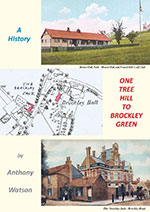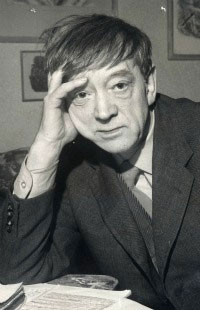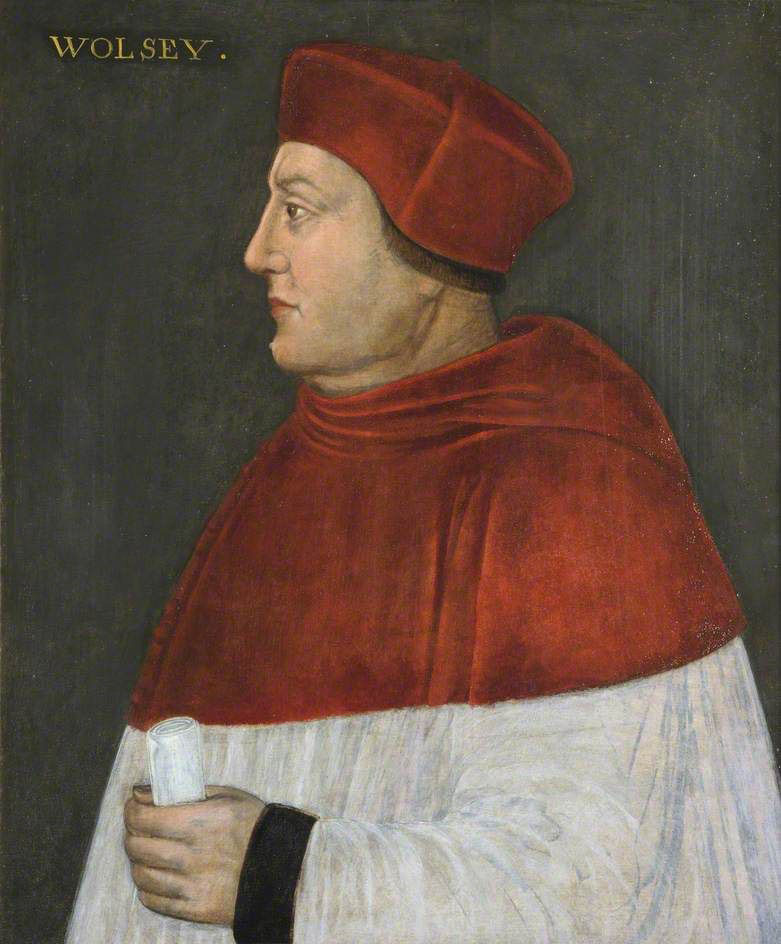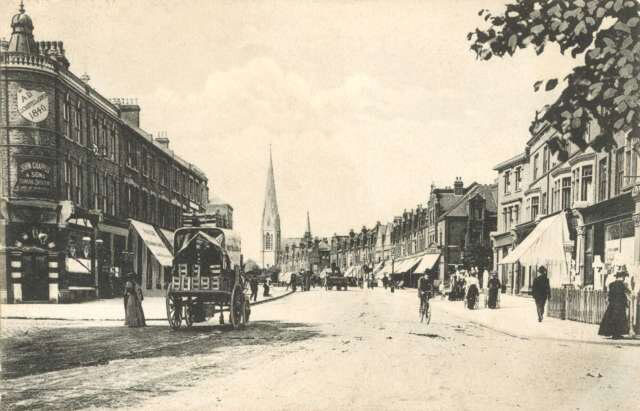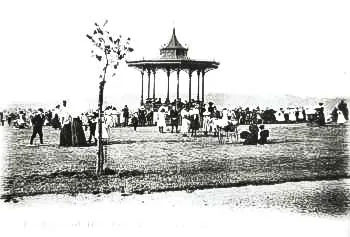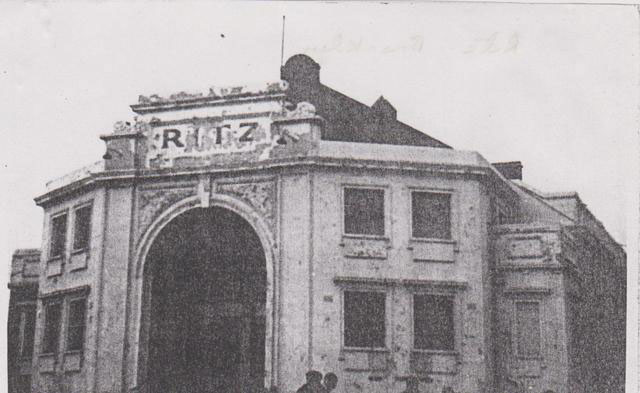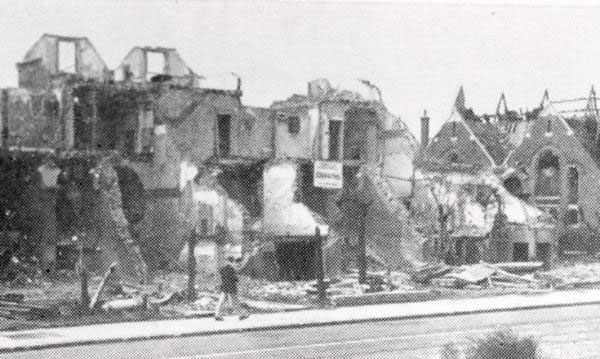

Brought to you by The Brockley Guide. Part of The South London Guide (est. 1999).

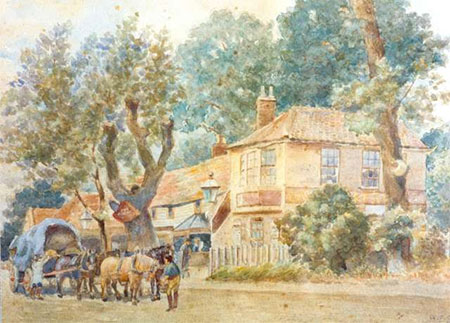
| Brockley Jack Public House, Brockley, 1885 |
|---|
Saxon Brockley
Brockley was a settlement in Kent. The name comes from Old English and may have meant OBroca's Wood or Grove.
Norman Brockley
1182 Reference to Brocele.
C12 Henry II (1133 -1189) gave land to Premonstratensian canons before they moved to Bayham Abbey in Sussex
Tudor Brockley
1520s Cardinal Wolsey (c. 1473-1530) used estate to endow his abortive Cardinal college in Oxford.
Deptford end of Brockley went to Wickhams, Drakes and Tyrwhitt-Drakes of Shaldoes, Bucks. The Tyrwhitt-Drakes later went on to use the land as market gardens.
Reference to a house called Forest Place.
Georgian Brockley
1800 Topographical Map Of The Country Twenty Miles Round London (south-east)
1809 Croydon Canal opened. It ran from a junction with the Grand Surrey Canal near new Cross Gate to a basin on a site now occupied by West Croydon station.
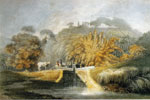
1810 Land enclosed, Manor Farm and Brockley Farm became the main land holdings.
1836 Brockley Green Farm bought by London and Croydon Railway Company (L&CRC).,
L&CRC built on part of the old Croydon Canal
Early Victorian Brockley
Brockley lay on borders of Deptford & Lewisham parishes.
1840s Tyrwhitt-Drakes family built houses on their market gardens.
1850s High Road renamed Lewisham Way.
Wickham Road developed as a major road for new houses..
1858 Deptford (later Brockley) Cemetery opened on Brockley Grove (Ladywell Road). Designed by William Morphew of Tinkler & Morphew.
Mid Victorian Brockley
1862 St Saviour Church opened on Brockley Hill in the Gothic style.
Wickham Road developed as a wide road with large Victorian houses over part of the old Manor Farm.
1860s Stanfords map of London & Suburbs (Brockley Section 1) shows Castle Inn (now Brockley Jack), railway and old canal. Brockley Section 2 map shows Deptford (now Brockley) Cemetery, Brockley Lane, Wickham Road, market gardens & farms.
1863 The Castle (C18) renamed The Brockley Jack (after a local highwayman).
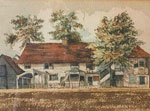
c. 1870 Forest Place demolished.
St Peter’s Church opened on Wickham Road. Designed by Frederick Marrable (1818-1872).
1871 Brockley railway station opened by London and Croydon Railway.
1872 Brockley Lane railway station opened at Brockley Cross by London, Chatham and Dover Railway.
(The former stationmaster's residence opposite is now a private dwelling).
Late Victorian Brockley
Many houses built across Brockley.
1882 St Cyprian's mission church opened on Brockley Road.
St Andrews Presbyterian Church opened on corner of Brockley Road & Wickham Road.
1891 West end of St Peter’s Church altered and the tower provided with another storey by A W Blomfield (1829-1899). The nave is unusually wide for its date.
1892 Crofton Park railway station opened on Brockley Road.
Hilly Fields leased to builders. Local committee established, led by Octavia Hill (1838-1912) to oppose development of the open space.
1895 Artist David Jones born in Arabin Road.
1896 Hilly Fields open space opened to the public. Landscaped by JJ Sexby (1847-1924), Chief Officer for Parks for the London County Council. Bandstand added (photo c.1900).
Edwardian Brockley
1900 Photograph of Brockley Road & St Andrews church.
1905 Brockley Branch Library (later Crofton Park Library) opened on Brockley Road. Funded by the Carnegie Foundation, on land given by the South Eastern Railway Company, which owned Crofton Park station. Lewisham Council levied a ‘penny library rate’ to pay towards running costs.
1908 Bartholomew's Handy Reference Atlas Of London & Suburbs (Brockley section of map shows the new Crofton Park station plus Hilly Fields park).
1908-1915 The writer Edgar Wallace (1875-1932) lived at No 6 Tressillian Crescent.
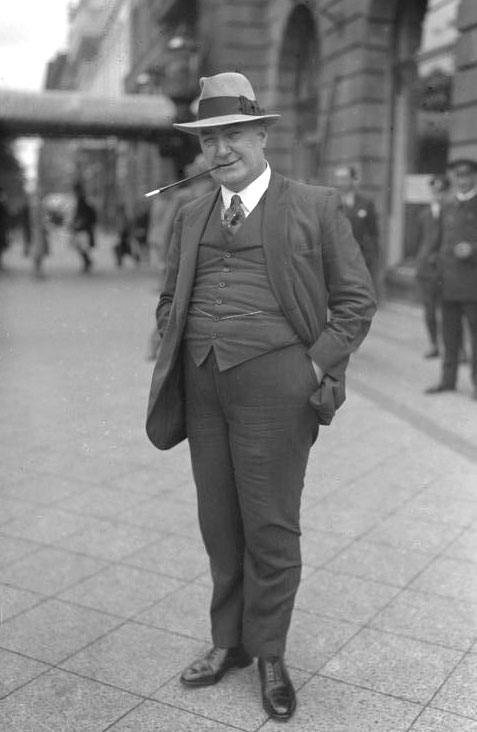
1910 Haymaking in Crofton Park
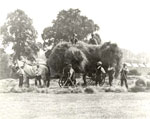
1912 Photo of Crofton Park railway station.
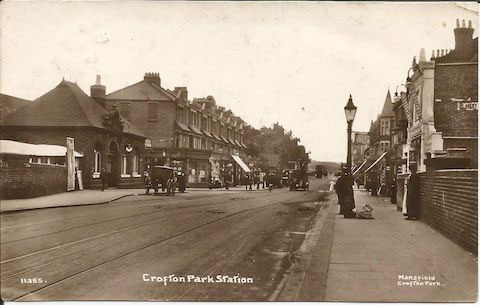
1913 Crofton Park Picture Palace opened at 350 Brockley Road (1929 renamed Rivoli Cinema). Designed by Henley Attwater (1847-19??).
Brockley Picture Theatre opened at 7 Coulgate Street, Brockley Cross. Later Palladium (1915), Giralda (1929) & Ritz (1942)
World War 1 Brockley
1915 Brockley Picture Theatre renamed.
1917 Brockley Lane railway station at Brockley Cross closed.
Interwar Brockley
Many new houses added.
1924 Welsh Presbyterian Church opened at 289 Lewisham Way (closed in c. 2014).
1931 Crofton Park Picture Palace at 350 Brockley Road renamed Rivoli Cinema with Art Deco facade added.
Brockley Hall demolished. Brockley Hall Road, Bearsted Rise, Horsmonden Road, Sevenoaks Road and the modernist houses in Brockley Grove were built on the site of the Hall and its grounds by Wates building company.
World War 2 Brockley
1944-5 Brockley came under attack from German V1 & V2 flying bombs (more info).
Post War Brockley
1956 Ritz Cinema (ex-Brockley Picture Theatre) on corner of Foxberry Road and Coulgate Street closed down.
1957 Rivoli Cinema closed.
1959 Cinema replaced with Rivoli Ballroom. It featured a large Canadian sprung maple dance floor. Member's bar added in 1960.
1969 Ritz Cinema (ex-Brockley Picture Theatre) at 7 Coulgate Street, demolished (now flats).
1965 Brockley became part of the borough of Lewisham.
1974 Artist & poet David Jones (1895-1974) died. Buried in Brockley & Ladywell Cemetery.
1983 Elton John's I Guess That's Why They Call It The Blues music video filmed at Rivoli Ballroom (4:42 film).
1984 Tina Turner's Private Dancer music video filmed at Rivoli Ballroom (4:21 film).
2010 Brockley station served by new London Overground service as well as mainline trains. Led to further gentrification with new cafes, shops & restaurants.
